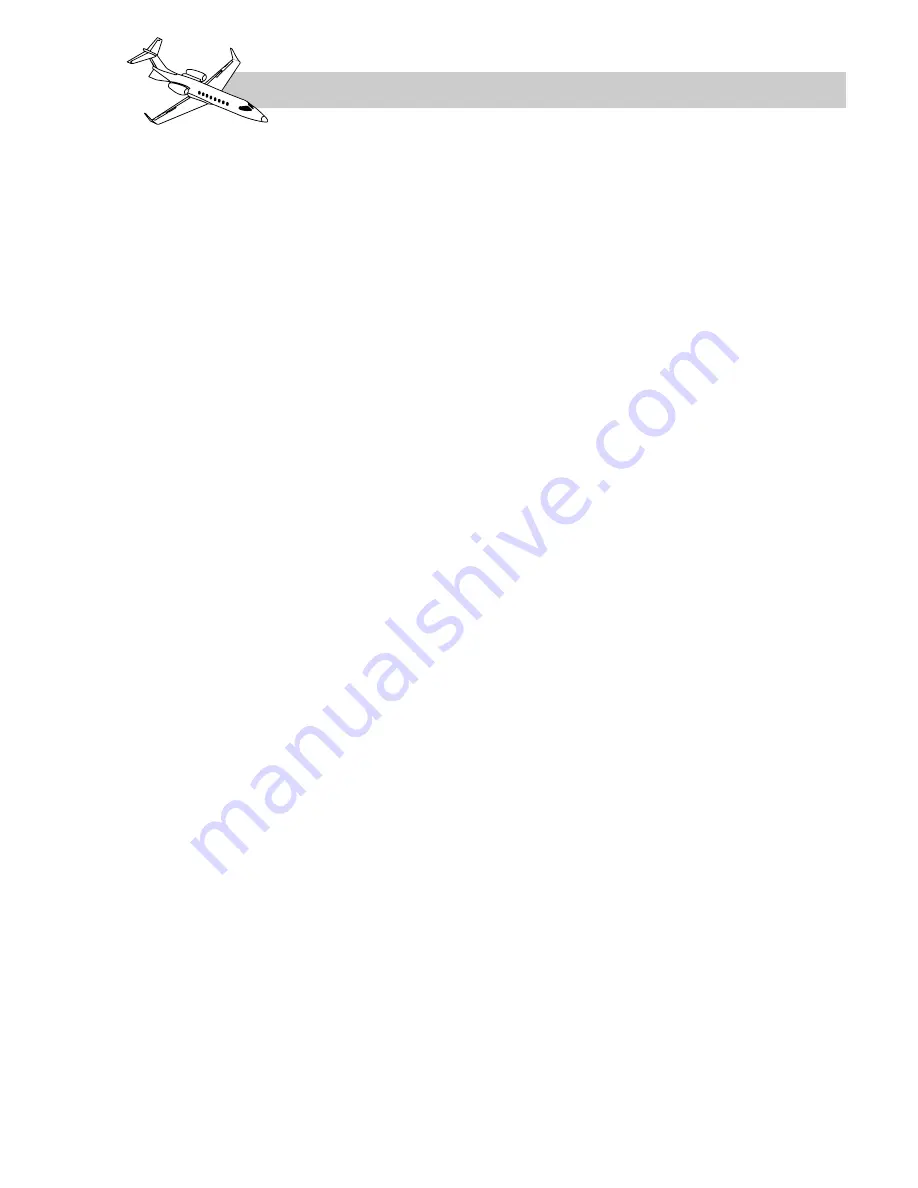
7.
Following a gear retraction sequence, and
all advisory lights have extinguished, the
main gear:
A. Rests against the inboard gear doors
after the doors are up and locked.
B. Are held retracted within the wheel
well by positive hydraulic pressure.
C. Are held retracted within the wheel
well by auxiliary hydraulic pressure.
D. Are held retracted with mechanical
uplocks.
8.
After takeoff, if the squat switches fail to
transition from the ground mode to the air
mode:
A. The landing gear control switch is
mechanically held in the DN posi-
tion.
B. The inboard gear doors will open, but
the landing gear will not retract.
C. Manually selecting the AUX HYD
pump ON overrides the squat switch
signal, and the gear can be retracted
normally.
D. The nose gear retracts normally, but
the main gear remains in the extended
position.
9.
The auxiliary hydraulic pump automati-
cally activates whenever:
A. The landing gear control switch is
moved to the DN position.
B. The landing gear control switch is
moved to the UP position.
C. The HYD XFLOW switch is selected
ON.
D. Both a. and b. are true.
10. Whenever an “AUX HYD QTY LO” cau-
tion message is displayed on the CAS:
A. Remaining auxiliary hydraulic fluid
in the reservoir is reserved for the
brake system.
B. Extending the landing gear via the
auxiliary hydraulic extension method
is inhibited.
C. Normal landing gear extension is not
affected if the main hydraulic system
pressure and quantities are okay.
D. All of the above are true.
11. The brake control unit provides the fol-
lowing protection:
A. Locked-wheel protection.
B. Touchdown protection.
C. Nose gear retraction braking.
D. Both a. and b. are correct.
12. When operating in slush or snow condi-
tions, consideration should be given to:
A. Perform frequent brake applications
while taxiing to generate friction heat.
B. After takeoff, select the WING/STAB
anti-ice system ON to heat the wheel
well areas.
C. Prior to landing, after the gear is
down, turn the anti-skid OFF, and
apply the brakes 6-10 times to free
up frozen brakes.
D. Both a. and b. are recommended ac-
tions.
14-27
FOR TRAINING PURPOSES ONLY
L E A R J E T 4 5
P I L O T T R A I N I N G M A N U A L
FlightSafety
international
















































